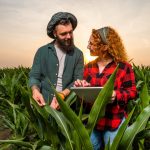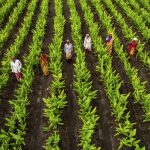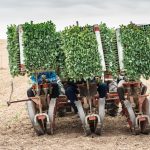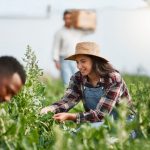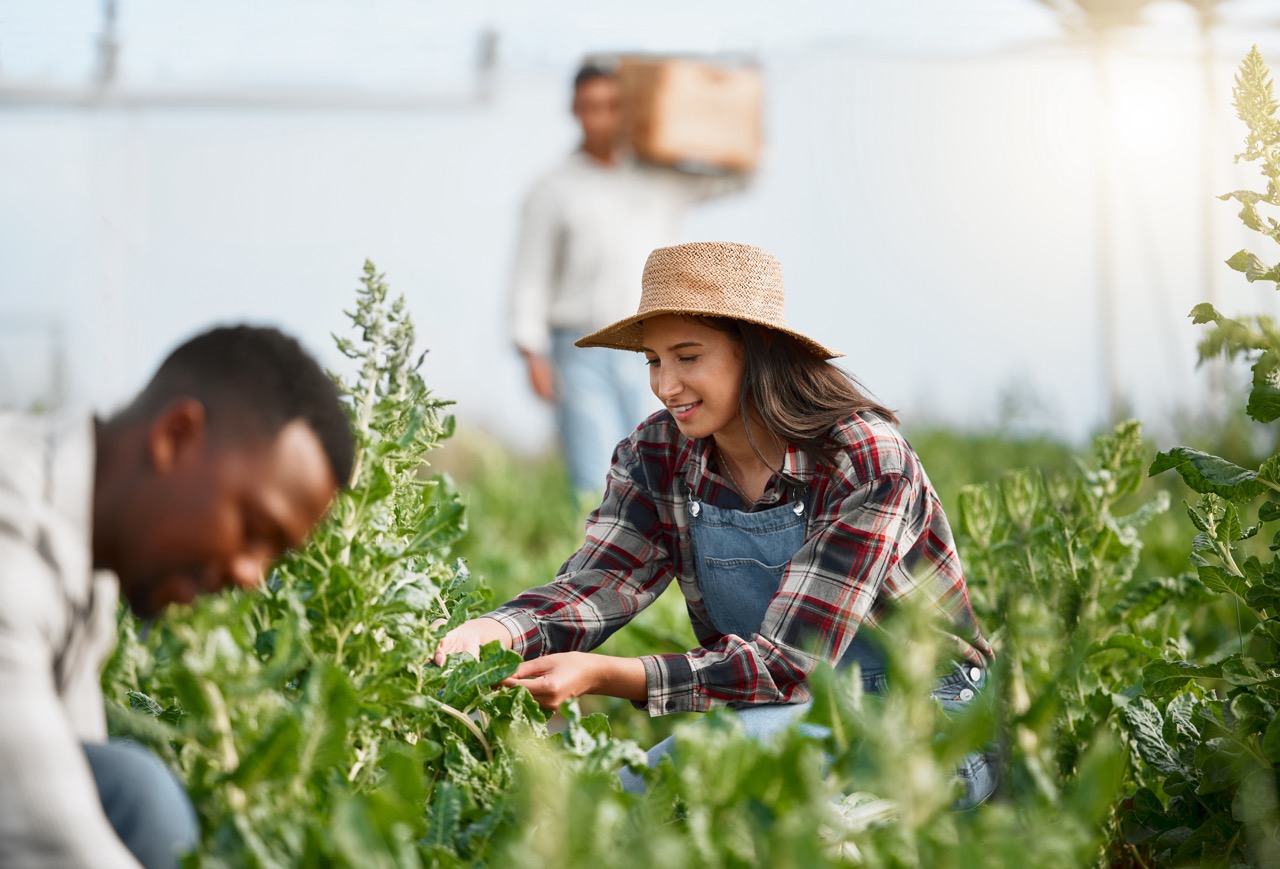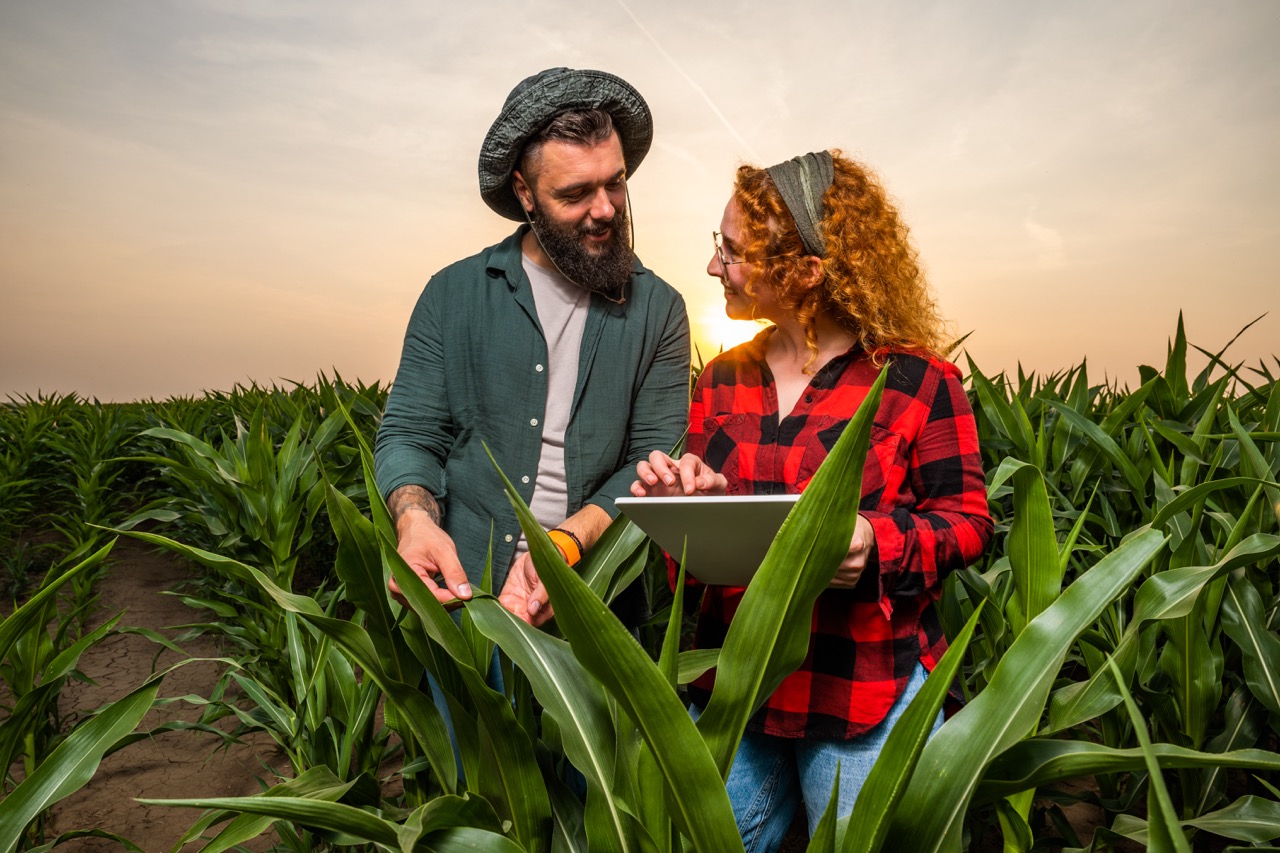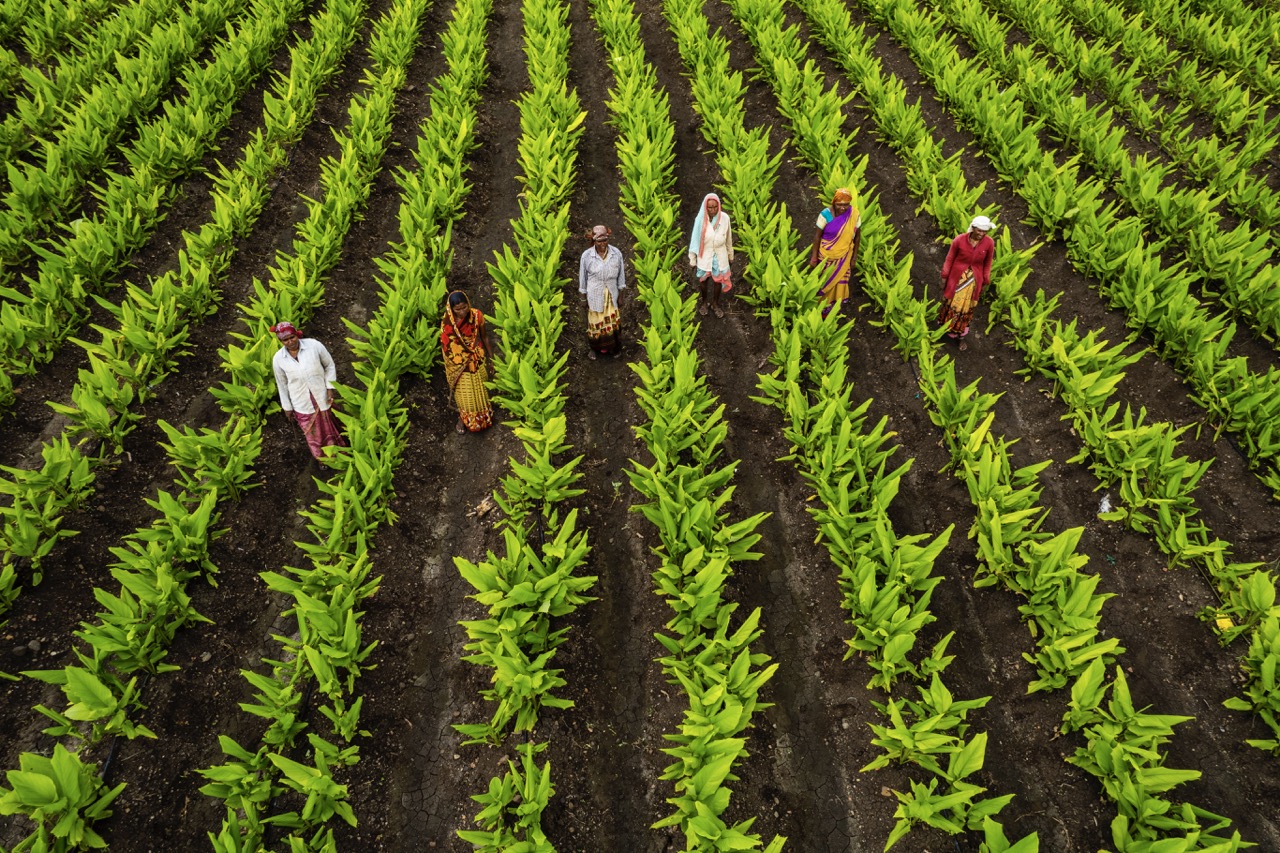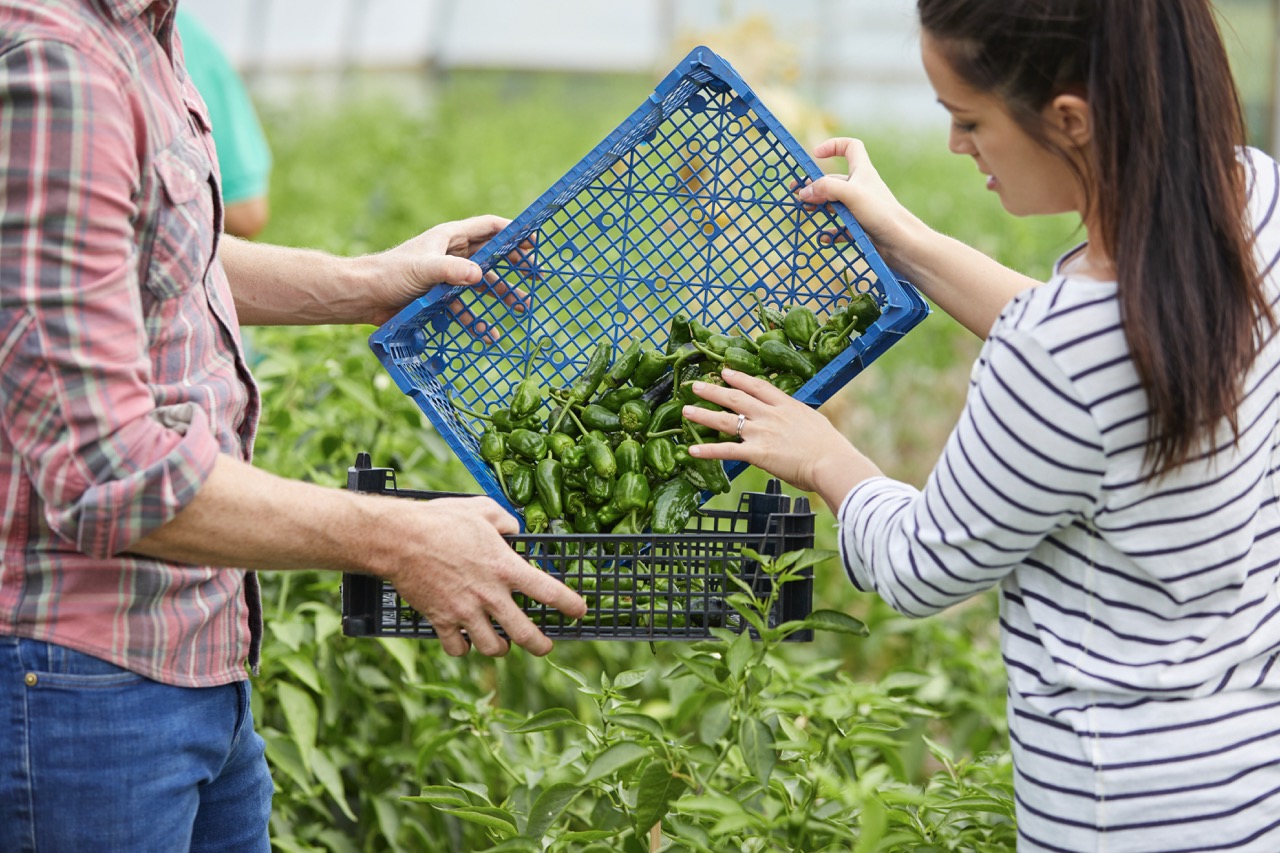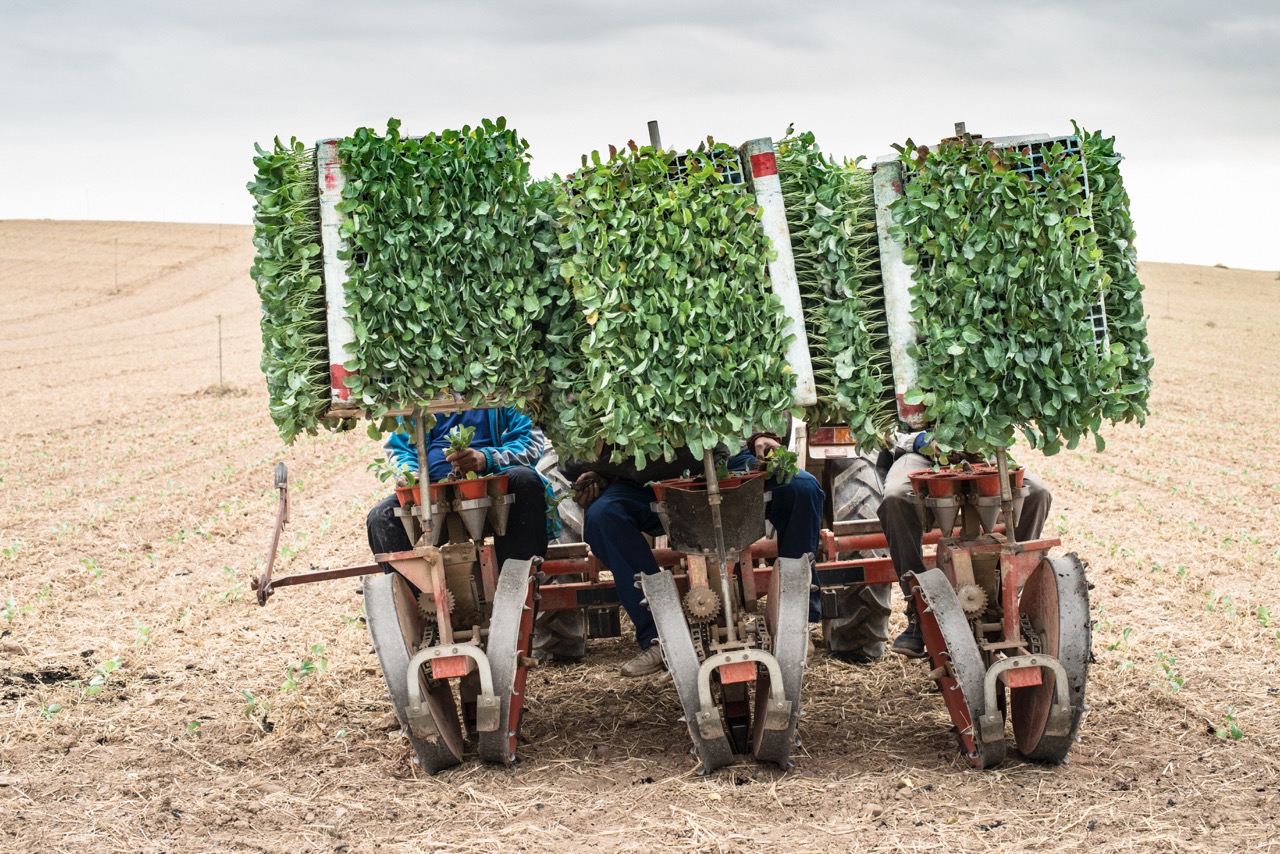In recent years, the agricultural landscape has faced unprecedented challenges due to climate change. From erratic weather patterns to shifting growing seasons, farmers are increasingly seeking innovative solutions to sustain their livelihoods. One such solution that has gained renewed attention is sharecropping—a system where landowners lease their land to farmers who cultivate it in exchange for a share of the yield. This article explores how sharecropping has evolved in modern agriculture, its role in helping farmers adapt to climate challenges, its economic viability, and its impact on community resilience.
The Evolution of Sharecropping in Modern Agriculture
Sharecropping has a storied history, often associated with the post-Civil War era in the United States. Initially, the system was fraught with exploitation, with landowners exerting significant control over the sharecroppers. However, as agricultural practices have evolved, so has the structure of sharecropping. Today, many landowners and farmers are entering into agreements that allow for greater equity, transparency, and mutual benefit. This evolution reflects a broader societal shift toward sustainable practices and collaborative agriculture.
Modern sharecropping arrangements often incorporate advanced technologies and sustainable methods that were unimaginable in the past. With the rise of precision agriculture and data analytics, sharecroppers can access valuable insights that help them optimize crop yields while minimizing environmental impact. Furthermore, these arrangements now often include education and training programs aimed at equipping farmers with the skills they need to succeed in a changing climate.
In many regions, sharecropping has transformed from a system of subsistence farming to a more dynamic and flexible partnership. This new model allows farmers to diversify their crops, experiment with different farming techniques, and share resources. As a result, sharecropping has become a viable model for not only maintaining productivity but also for promoting sustainable agricultural practices that can withstand the pressures of climate change.
Adapting to Climate Challenges: Sharecropping’s Role
As climate change continues to reshape agricultural landscapes, sharecroppers are uniquely positioned to respond to these challenges. The flexibility of the sharecropping model allows farmers to quickly adapt their practices in response to varying weather conditions. For instance, when facing drought, sharecroppers can shift to more drought-resistant crops or implement water-saving irrigation techniques without the heavy financial burden of land ownership.
Moreover, sharecropping enables farmers to collaborate and share knowledge about best practices for managing climate risks. For example, sharecroppers often form local networks that facilitate the exchange of information on pest management, crop rotation, and soil health. This collective approach not only enhances individual resilience but also strengthens the overall agricultural community’s capacity to face climate-related challenges.
Additionally, many sharecropping agreements now include provisions that specifically address climate adaptation strategies. Landowners may invest in improving irrigation systems or soil conservation practices to support their sharecroppers, creating a more sustainable agricultural environment. This collaboration fosters a sense of shared responsibility and encourages innovative solutions that benefit both parties in the face of climate instability.
Economic Viability: How Sharecropping Supports Farmers
The economic landscape of agriculture is shifting, with many smallholders struggling to compete in a market dominated by large-scale industrial farms. Sharecropping offers a pathway for these farmers to engage in agriculture without the significant upfront costs of land acquisition. By alleviating the financial burden of land ownership, sharecropping allows farmers to focus resources on crop production, thereby improving their economic viability.
Furthermore, sharecropping arrangements often include flexible payment structures based on the crop yield. This design allows farmers to withstand fluctuations in market prices and adverse weather conditions. When harvests are poor due to climate-related factors, sharecroppers are less likely to face crippling debt than their land-owning counterparts, who may have invested heavily in their land and infrastructure.
Moreover, the cooperative nature of sharecropping fosters economic resilience within communities. By pooling resources and sharing profits, sharecroppers are able to collectively invest in better tools, seeds, and sustainable practices. This not only supports individual farmers’ financial stability but also contributes to the overall economic health of rural communities, encouraging local food systems and reducing reliance on external markets.
Building Resilience: Community Impact of Sharecropping
Sharecropping promotes resilience not just on an individual level, but also within communities. As farmers collaborate and share knowledge, they build a robust support network that is essential for navigating the uncertainties of climate change. This sense of community fosters a culture of innovation, where farmers can experiment with new techniques and crop varieties that are better suited to changing conditions, ultimately enhancing food security.
The community-centric model of sharecropping also encourages social cohesion. By working together, sharecroppers can address common challenges, such as access to resources, education, and market opportunities. This collective approach to problem-solving strengthens community ties and creates a shared vision for sustainable agriculture that benefits all members, not just those working the land.
Additionally, the economic benefits of sharecropping extend beyond individual farmers. Increased agricultural productivity can lead to job creation in related sectors, such as food processing, transportation, and retail. By developing local food systems through sharecropping, communities can enhance their economic resilience, reduce dependency on external supply chains, and contribute to a more sustainable future.
As agricultural challenges continue to mount in the face of climate change, sharecropping emerges as a viable model that supports farmers and strengthens communities. With its ability to adapt to changing conditions, promote economic viability, and build resilience, sharecropping is not merely a relic of the past but a key component of modern agriculture. By fostering collaboration and sustainable practices, sharecropping offers hope for a future where farmers can thrive, communities can flourish, and food security can be maintained in an uncertain world.
